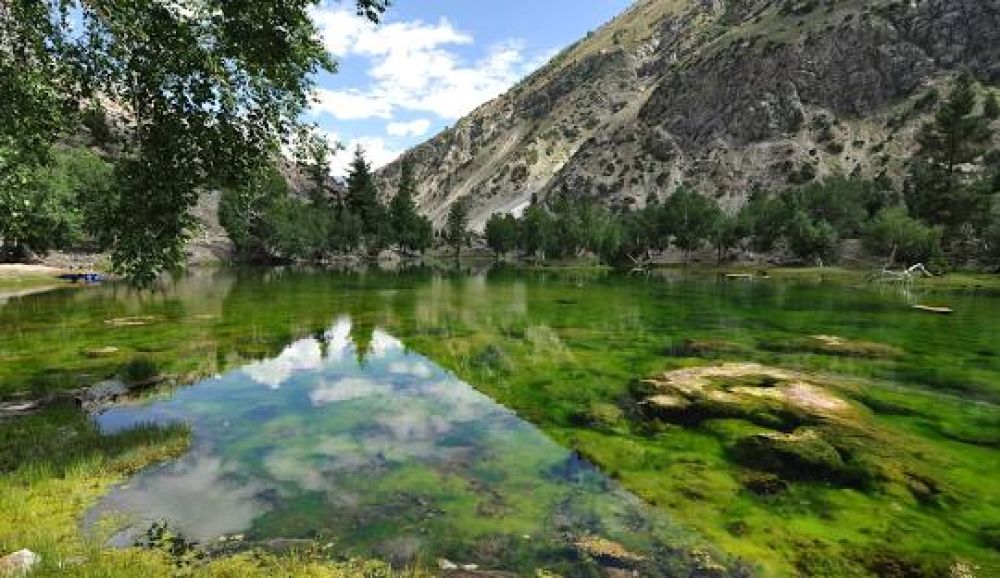

The history of tourism in Naltar Valley, located in the Gilgit region of Pakistan, is intertwined with the valley's natural beauty and captivating landscape. Renowned for its alpine scenery, lush green meadows, and serene lakes, the valley has long appealed to those seeking tranquility and an escape from the hustle and bustle of urban life.
The origins of tourism in Naltar Valley can be traced back several decades when the area was primarily known to mountaineers and adventure seekers. The valley served as a base for expeditions to the nearby Naltar Peaks and as a training ground for the Pakistan Air Force ski competitions.
It wasn't until the late 20th century that Naltar Valley began to see a significant increase in visitors. The construction of basic infrastructure, such as roads and the improvement of local lodging, played a crucial role in catalyzing the valley's tourism sector. The establishment of sports facilities, particularly for winter sports like skiing, also contributed to its growing popularity.
As tourism began to flourish, travelers discovered Naltar Valley's cultural and natural treasures. The serene beauty of the three famous Naltar Lakes - Satrangi, Pari, and Bodlok - each has a unique color palette ranging from turquoise to deep azure, becoming a centrepiece for the valley's allure. Additionally, the local festivals and the warm hospitality of the indigenous people added layers to the visitor experience.
In recent years, the focus on adventure and eco-tourism has risen significantly. Activities such as trekking, hiking, camping, and mountain biking are drawing more tourists seeking to connect with nature and engage in sustainable travel practices. Wildlife enthusiasts are also attracted to the valley to witness species such as the Ibex, Markhor, and Snow Leopard in their natural habitat.
Local government and tourism authorities have undertaken measures to support sustainable tourism growth while preserving Naltar's pristine ecosystem. Efforts are being made to ensure that the impact of tourism is balanced with the need to conserve the environment and promote the well-being of the local communities.
The latest tourism trend in Naltar Valley is the integration of digital technology to enhance visitor experience. The adoption of online booking platforms for accommodations and the use of social media to promote the valley's attractions are opening up new avenues for tourism. The area is witnessing growth in local entrepreneurship, with residents setting up guesthouses, cafes, and guiding services.
Despite its remote location and seasonal access difficulties due to heavy snowfall in the winter, Naltar Valley has steadily grown into a distinguished destination for travelers seeking beauty, adventure, and an authentic connection with the mountainous landscapes of northern Pakistan.
The evolution of tourism in Naltar Valley is a testament to the region's inherent allure and the resilience of its people. As awareness of this gem in Gilgit continues to spread, Naltar Valley inevitably works towards a future where it stands as a model for responsible and sustainable tourism in Pakistan.